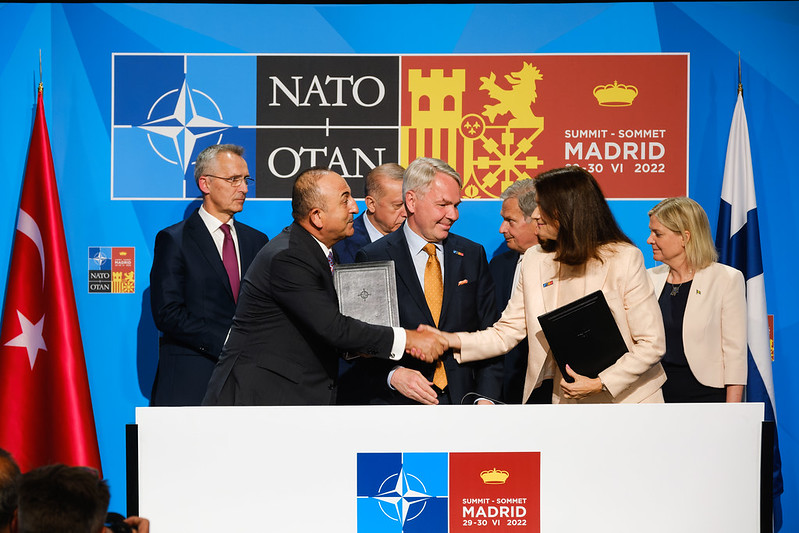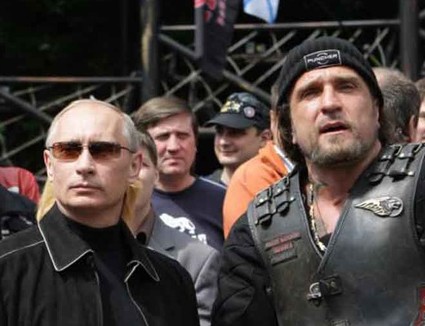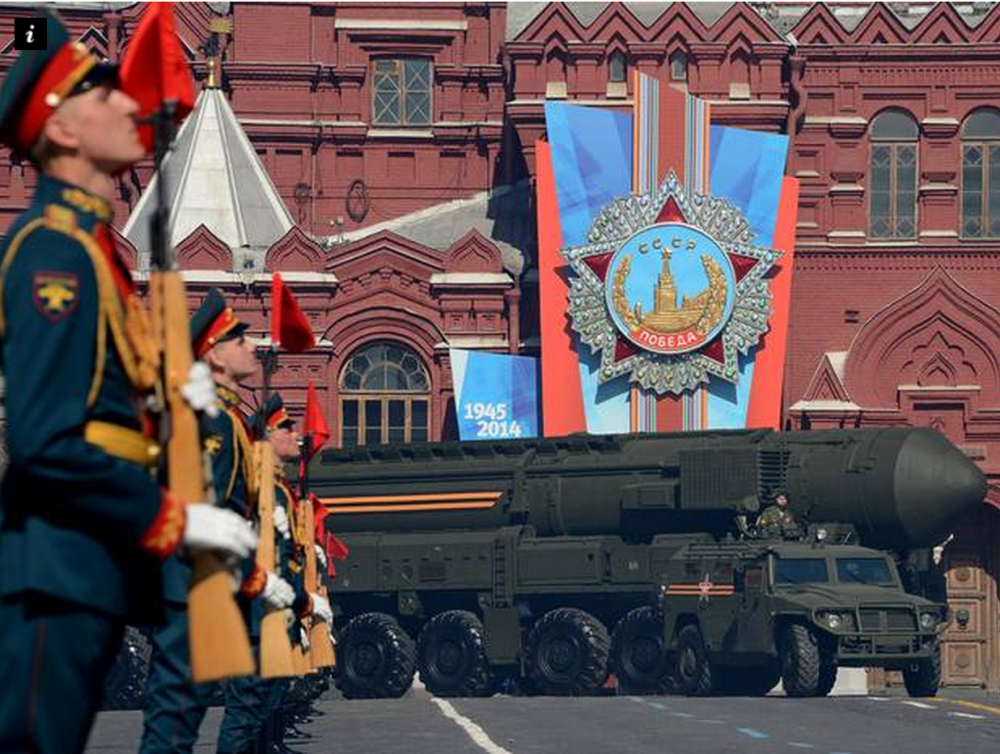Two new NATO members, a lifted arms embargo, strengthened security of European Allies, and Russia losing its hypothetical advantage of seizing Baltic nations. These are some outcomes of the NATO Summit-2022 in Madrid. But questions remain whether some Allies understood the urgency of Ukraine's needs.
NATO has adapted to the deteriorated security environment in Europe with a changing Strategy, enhanced Force Posture and approach towards partners.
- The first permanent US forces on the Eastern Flank will be V Corps HQ Forward Command Post.
- An additional rotational US Brigade Combat Team will be positioned in Romania.
- Enhanced rotational deployments in the Baltics will include armored vehicles, aviation, air defense, and special operations forces.
- The US will add two more destroyers stationed in Italy, bringing the firepower to six, and deploy two squadrons of F-35 aircraft to the UK.
- Also, an unspecified quantity of the US air defense systems and other enablers will be deployed to Germany and Italy.
“China is not an adversary, but of course, we need to take into account the consequences of our security when we see China investing heavily in a new modern military capacity,” stated the Secretary-General.It seems that Germany and France are willing to try their luck by applying to China the cautious approach that had failed with Russia. China is not named either as a competitor or an adversary but has been described through its opaque aims and hybrid actions that “undercut the rules-based international order run counter to our values and interests” and “harm Alliance security.” China-Russia relations are also mentioned in the Strategy. Yet, pragmatically, NATO expressed its openness “to constructive engagement with the PRC, including to build reciprocal transparency, with a view to safeguarding the Alliance’s security interests.” It is not yet clear to what extent the Alliance would be a part of the US Indo-Pacific strategy. But the presence of the leaders of Australia, Japan, New Zealand, and the Republic of Korea for the first time in NATO history hints that its role is going to be substantial. A strong, independent Ukraine was defined as “vital for the stability of the Euro-Atlantic area.”
Zelenskyy appealed to NATO leaders: “we need security guarantees, and you must find a place for Ukraine in the common security space. Either there is urgent and sufficient for Ukraine’s victory assistance or Russia’s postponed war with you.”“Ukraine can count on us for as long as it takes,” replied the Secretary-General. So, NATO launched an updated Comprehensive Assistance Package for Ukraine, a mechanism to provide non-lethal assistance (secure communications, fuel, and medical supplies, equipment to counter mines and anti-drone systems), and support for defense reforms in Ukraine. There would also be more training for Ukrainian forces on more modern weapons systems provided by NATO nations but beyond NATO frames. German Chancellor Olaf Scholz said at the NATO Madrid summit that the allies will continue to provide Ukraine with financial means, humanitarian aid, and weapons “for as long as it is necessary to enable Ukraine to defend itself.” So, the UK will provide another £1 billion of military support to Ukraine that will go towards capabilities including “sophisticated air defense systems, uncrewed aerial vehicles, innovative new electronic warfare equipment and thousands of pieces of vital kit for Ukrainian soldiers.” Norway will replenish the UK stock with 3 MLRS that require modernization so that the UK might send its own to Ukraine. In addition, Italy is reported to send howitzers to Ukraine and the Czech Republic some Bivoj UAVs. Therefore, the process of providing Ukraine with long-range capabilities continues, although not as fast as expected. It’s still unclear whether, in the foreground of the reassured East Flank countries, some NATO members actually got the urgency with which Ukraine requires assistance. “You are now adopting the Strategy of the Alliance… for the next ten years. [it is ] 126 days of a full-scale invasion of Ukraine… We don’t have ten years. Are you really sure that you have that [ten years]?” President Zelensky said in his statement.
 Oleksandr Khara is a diplomat and expert at the Center for Defence Strategies.
Oleksandr Khara is a diplomat and expert at the Center for Defence Strategies.
Related:
- NATO’s Strategic Concept-2022: names Russia as threat, deletes key commitment to act on this threat
- NATO’s defining moment is now or never
- What if Russia wins in Ukraine? Consequences of Hybrid War for Europe (Part 2)
- What NATO should do
- Russia’s war with Ukraine affects billions. NATO could end it in a moment.
- NATO: Collective Defense or Collective Denial?





